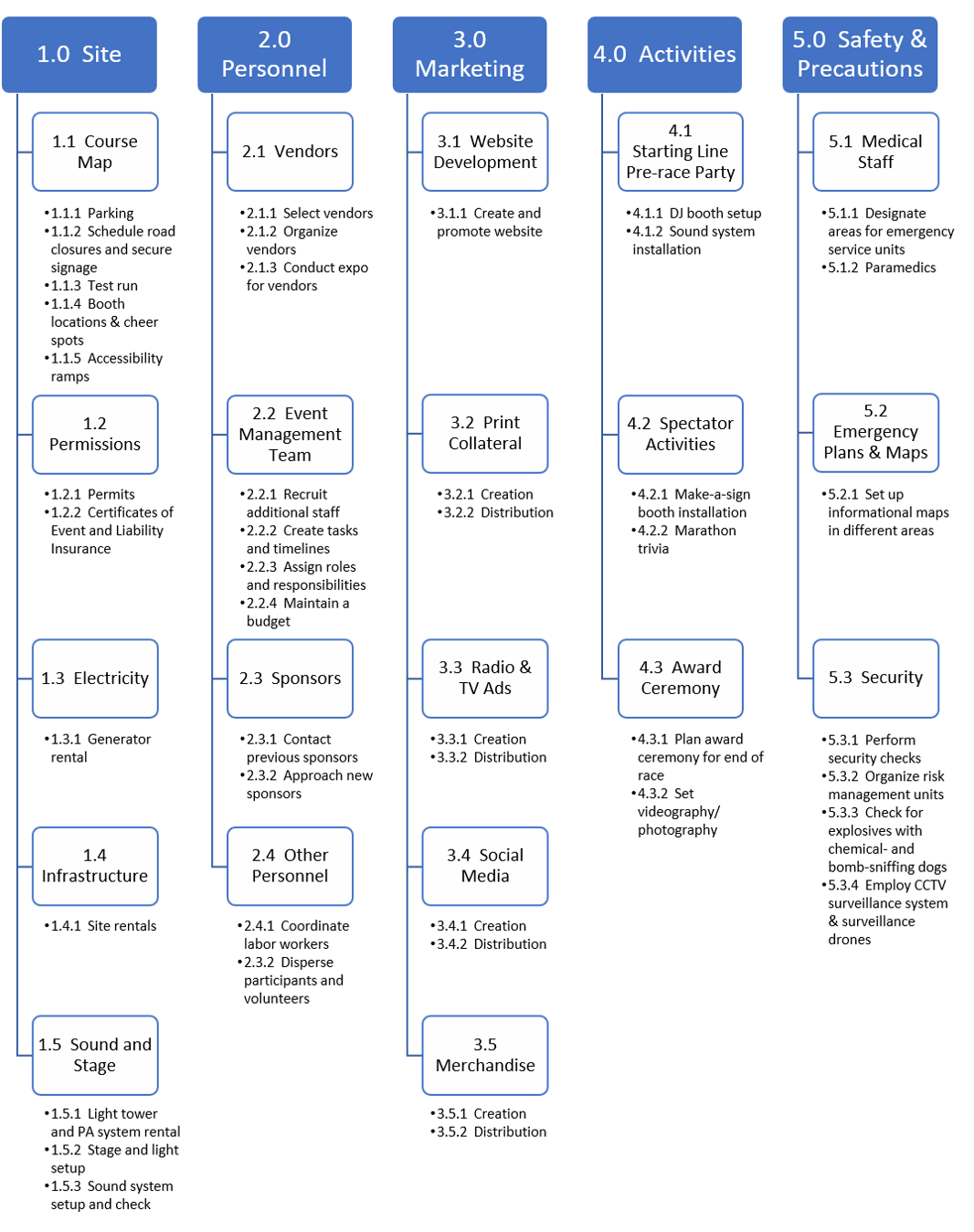As my digital libraries class comes to a close and my project management class starts to build, I find that both are looking at project management as a series of tasks to complete, regardless of where the project resides (the library, the university, or elsewhere). Surprisingly, I found some of the best explanations on project management in my readings from the digital libraries class, where we read a series of articles from Frank Cervone (2012) that broke down the process we’ve been discussing in INFO 5306, applying the steps directly to a project for a digital library.
Because most of our project management readings have been more general, discussing the process as it could relate to any project, it was nice to see how Cervone explained topics like scope creep (2012a) or constraints (2012b) within the context of a digital library. It crystallized the readings I’ve had in my other class, and it confirmed my resolve as I work with my team to complete our semester-long project (a plan for a marathon in Fort Worth, TX; the Work Breakdown Structure I created for our project is below).

That said, regardless of how much planning is put in at the beginning of the project, I do feel these digital projects have to be under their own staffer within the library. I think many libraries feel the urge to add such collections, but they underestimate the true cost of manhours when it comes to creating these digital collections, and it’s often put on an existing staffer’s long list of things to manage, meaning it becomes a struggle to both create and manage.
As I evaluated various digital libraries throughout the semester, I had thought it was the planning at the beginning (and throughout) that would determine the success of the library. But after comparing two different libraries with very similar mission statements, and realizing that one most likely had 5-10 times the staffers as the other, I found that Miller’s (2018) article nails the conundrum of building a successful digital library: Building digital libraries relies on several interrelated components. As he states in the last page of the article, “Money is not the only challenge to developing digital initiatives either. A carefully curated combination of technical, financial and human involvement is paramount,” (p. 133).
I’d argue that the central changing factor at Miller’s (2018) organization was the creation of his position; before that, the digital libraries at the organization had stalled without a central person to manage them and to make sure that they continued to evolve. While you need that magic combination of money, technical ability, and people, having a strong leader to drive these initiatives is what keeps such initiatives thriving and innovating, bringing more users to the sites and making the resources more findable.
Cervone, H. F. (2012a). Understanding the elements of a digital library project plan: part 1. OCLC Systems & Services, 28(2), 75-78. https://doi.org/http://dx.doi.org/10.1108/10650751211236604
Cervone, H. F. (2012b). Understanding the elements of a digital library project plan: part 2. OCLC Systems & Services, 28(3), 126-129. https://doi.org/http://dx.doi.org/10.1108/10650751211262119
Cervone, H. F. (2012c). Understanding the elements of a digital library project plan: part 3. OCLC Systems & Services, 28(4), 176-179. https://doi.org/http://dx.doi.org/10.1108/10650751211279111
Miller, A. (2018). Innovative management strategies for building and sustaining a digital initiatives department with limited resources. Digital Library Perspectives, 34(2), 117-136.